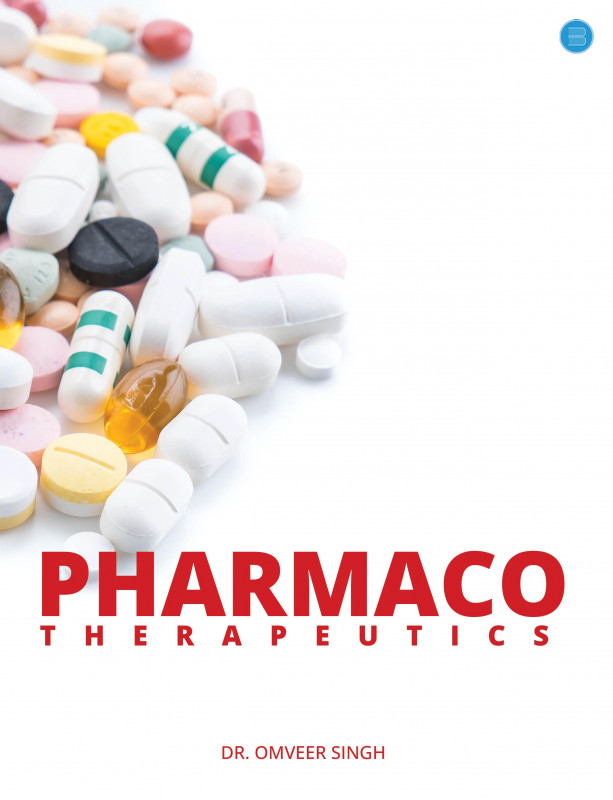Pharmacotherapeutics
by Dr. Omveer Singh | 22-Aug-2022
(0)
This book is a companion to pharmacotherapy: a pathophysiologic approach is designed to provide practitioners and students with critical information that can be easily used to guide drug therapy decision making in the clinical setting. To ensure b...
Original
Books
Fastest
Delivery
7-day
Replacement
Book Details
- Language : English
- Pages : 211
- ISBN : 9789356680777
- Genre: ACADEMIC
- Size : 5" x 8"
- Binding Type : PAPERBACK
- Age Group: + Years
- Paper Type : WHITE PAPER
- Interior : BLACK & WHITE
- Cover : GLOSS FINISH
- Book Type : PAPERBACK
- Tags : Pharmacotherapeutics,Academic
-
Best Sellers Rank :
#116 in Academics
#672 in Global
Reviews
There are no reviews for this product yet.

 USD
($)
USD
($) AUD
($)
AUD
($) CAD
($)
CAD
($) EUR
(€)
EUR
(€) HKD
($)
HKD
($) MYR
(RM)
MYR
(RM) GBP
(£)
GBP
(£) SGD
($)
SGD
($)








